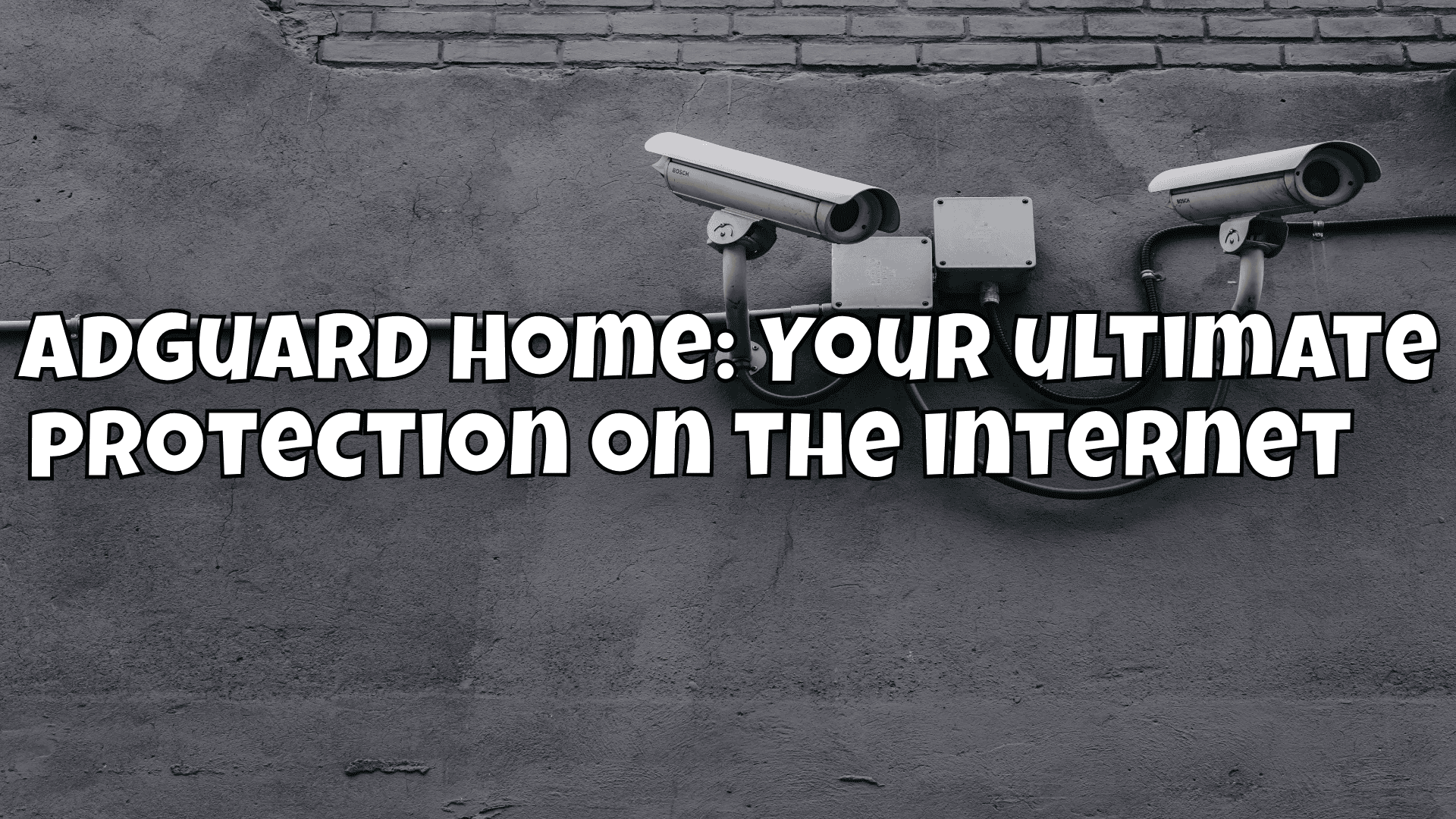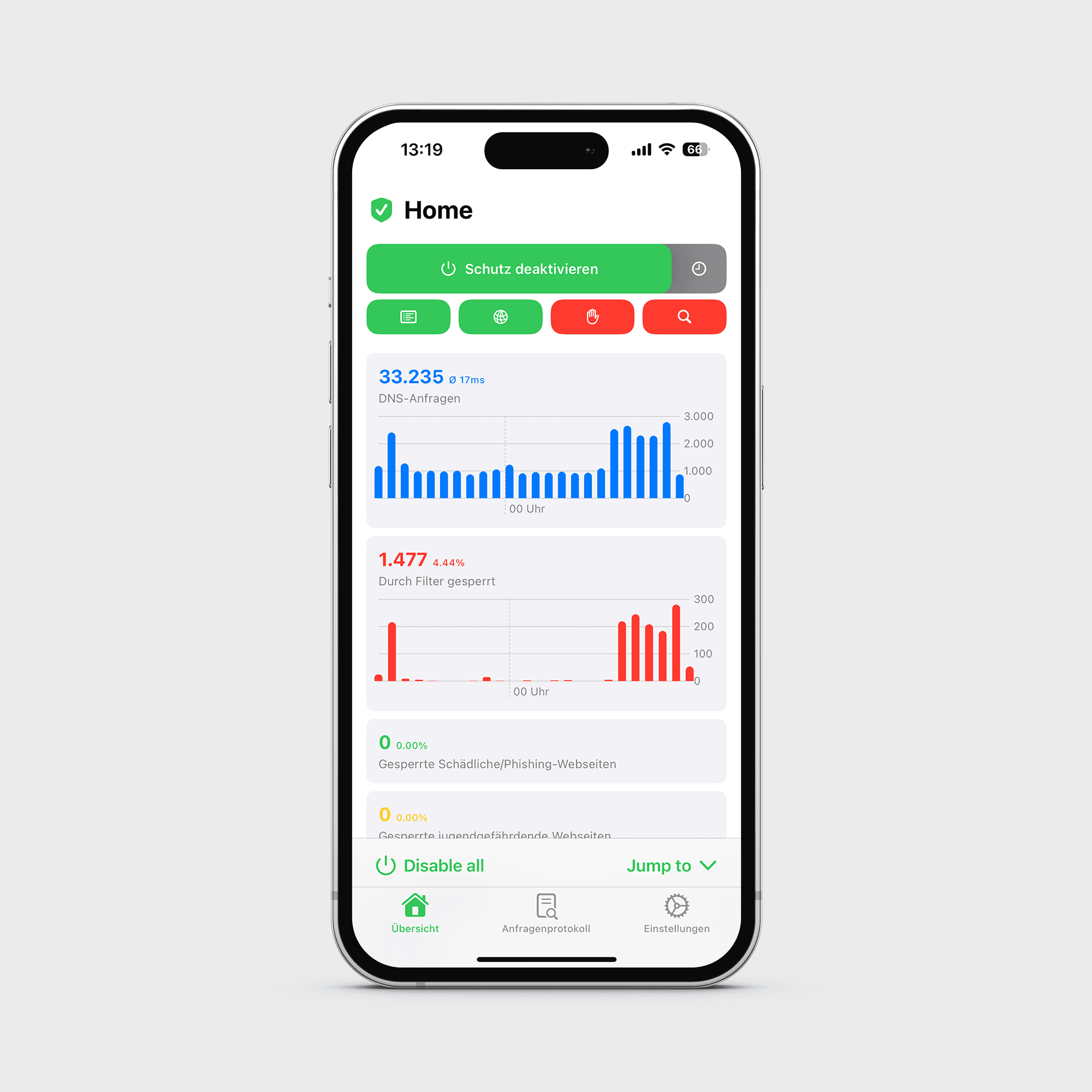AdGuard Home: Your ultimate protection on the internet 🧑🏼🚀
AdGuard Home protects you from ads, tracking and malware. Learn why it's better than PiHole and how to set it up! 🛡️

AdGuard Home is a powerful network ad blocker that provides a centralized solution for all your devices. Compared to PiHole, AdGuard Home offers some additional features and an easier installation, especially if you use Docker. In this article, you'll learn how to install AdGuard Home with Docker, what features it offers and why it's an excellent choice for your network.
Why AdGuard Home? 🤔
AdGuard Home is a comprehensive network ad blocking solution that blocks ads and trackers on all devices in your network. Here are some reasons why AdGuard Home is better than PiHole:

Additional features
- DNSSEC: AdGuard Home supports DNSSEC, which provides additional security by ensuring that DNS responses have not been tampered with.
- User-friendly interface: AdGuard Home offers a more modern and user-friendly interface compared to PiHole.
- Integration of AdGuard filters: It seamlessly integrates the powerful AdGuard filter lists, which are known for their high efficiency.
- Customizable DNS settings: AdGuard Home allows you to configure different DNS servers for different domains.
- Mobile app: With the help of the mobile app, you can always check the status and temporarily deactivate the protection
Installing AdGuard Home with Docker 🐳
Installing AdGuard Home with Docker is quick and easy. Here is a step-by-step guide on how to set up AdGuard Home on your server:
Preparation
Make sure that Docker is installed on your system. If not, you can install Docker using the official Docker installation instructions.
Create Docker-Compose file
Create a docker-compose.yml file with the following content:
version: '3'
services:
adguardhome:
container_name: adguardhome
image: adguard/adguardhome
restart: unless-stopped
ports:
- "53:53/tcp"
- "53:53/udp"
- "67:67/udp"
- "80:80/tcp"
- "443:443/tcp"
- "3000:3000/tcp"
volumes:
- "./data/work:/opt/adguardhome/work"
- "./data/conf:/opt/adguardhome/conf"
If necessary, adjust the directories to match your Docker host so that the files remain even after a restart.
Start container
Execute the following commands to start the container:
mkdir -p data/work data/conf
docker-compose up -dThat's it! AdGuard Home is now running on your server and can be accessed via the IP address of your server.
Configure AdGuard Home 🛠️
After installation, you can configure AdGuard Home via the web interface. The default address is http://deine-server-ip:3000. The interface is nicely structured and you should find everything at a glance:

The mobile app is also very nicely designed and everything is very easy to access:

This app is probably available in the App Store as well as the Play Store:

Features and settings
Enable DNSSEC 🔒
DNSSEC (Domain Name System Security Extensions) ensures that the responses to DNS queries are authenticated, that the responses to DNS queries are authenticated. To activate DNSSEC, go to the settings and activate the "DNSSEC" option.
Customizable filter lists 📋
AdGuard Home allows you to use and customize various filter lists. You can manage these in the settings under "Filter lists". Here you can add or remove filters or create your own filters.
Parental controls and safe search 👶🔍
AdGuard Home also allows you to set up parental controls and enable safe search options to ensure that content is safe for children. These options can be found in the settings under "Parental Controls".
Network settings for AdGuard Home
In order for AdGuard Home to work on all devices in your network, you need to change the DNS settings in your router. Here is a general guide on how to do this:
- Log in: Log in to the web interface of your router. You can usually find the address in your router's manual or on the back of the device.
- Change DNS server: Search for the DNS server settings. These are usually located under the LAN or DHCP settings.
- Enter AdGuard Home IP address: Enter the IP address of the server on which AdGuard Home is running and save the settings.
Now all DNS requests in your network are routed via AdGuard Home, and ads and trackers are effectively blocked.
Conclusion 🎉
AdGuard Home is a powerful and user-friendly alternative to PiHole. With features like DNSSEC, customizable filter lists and easy Docker installation, it's the ideal choice for anyone who wants to protect their network from ads and trackers.
What do you think? 🤔
Do you have any questions or comments about AdGuard Home? Share your thoughts in the comments below and let's discuss how we can make our network even safer!
